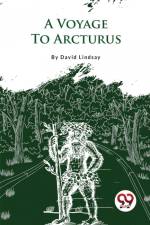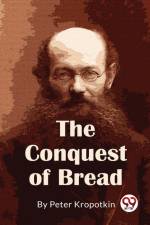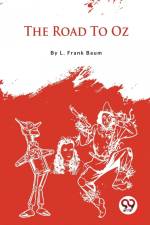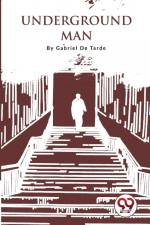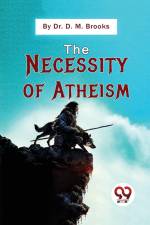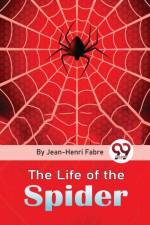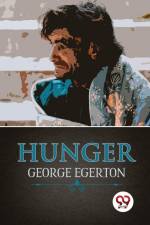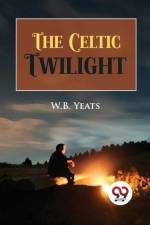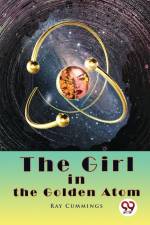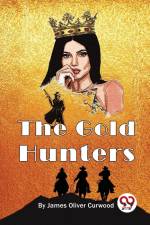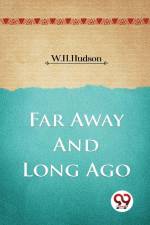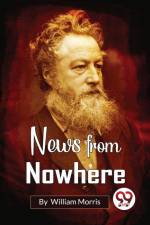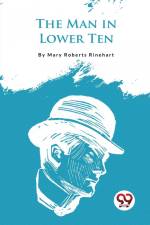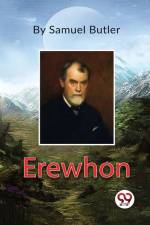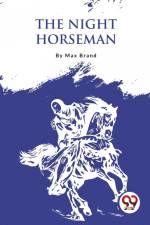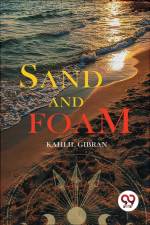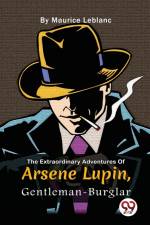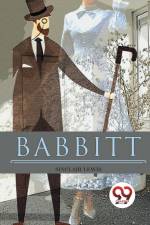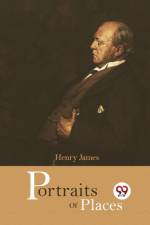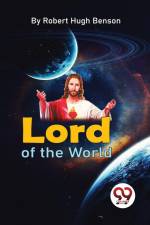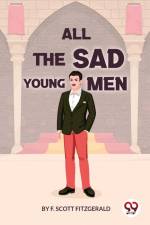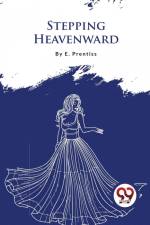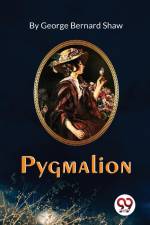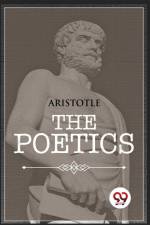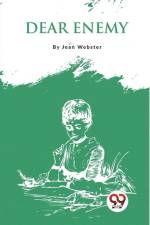av Max Brand
201
Max Brand, "The Night Horseman" The author of this western book is almost as intriguing as the narrative itself. Frederick Schiller Faust, also known as Frank Austin, George Owen Baxter, Walter C. Butler, George Challis, Evan Evans, Frederick Faust, John Frederick, Frederick Frost, David Manning, Peter Henry Morland, and Mx Brand, is the author of the novel. a prolific author who adored creating tales of the unexpected. The story starts with a chapter that begins at age six he could name every state in the Union and give the date of its admission to the Union. He died at the age of twenty-seven after collapsing in his laboratory one fine spring day. The author of this western book is almost as intriguing as the narrative itself. Frederick Schiller Faust, also known as Frank Austin, George Owen Baxter, Walter C. Butler, George Challis, Evan Evans, Frederick Faust, John Frederick, Frederick Frost, David Manning, Peter Henry Morland, and Mx Brand, is the author of the novel.

